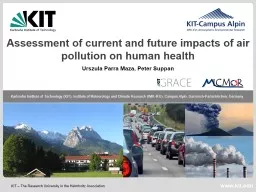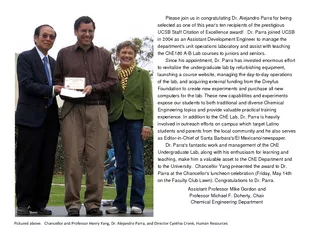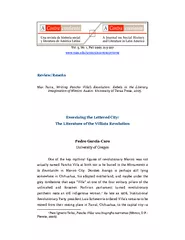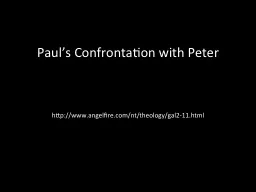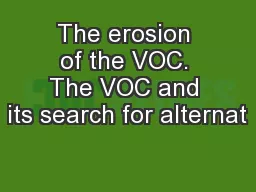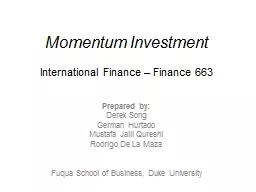PPT-Urszula Parra Maza, Peter Suppan
Author : pinperc | Published Date : 2020-11-06
Assessment of current and future impacts of air pollution on human health Air pollution is the environmental factor with the greatest impact on health in Europe
Presentation Embed Code
Download Presentation
Download Presentation The PPT/PDF document "Urszula Parra Maza, Peter Suppan" is the property of its rightful owner. Permission is granted to download and print the materials on this website for personal, non-commercial use only, and to display it on your personal computer provided you do not modify the materials and that you retain all copyright notices contained in the materials. By downloading content from our website, you accept the terms of this agreement.
Urszula Parra Maza, Peter Suppan: Transcript
Download Rules Of Document
"Urszula Parra Maza, Peter Suppan"The content belongs to its owner. You may download and print it for personal use, without modification, and keep all copyright notices. By downloading, you agree to these terms.
Related Documents

